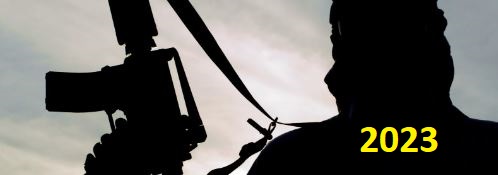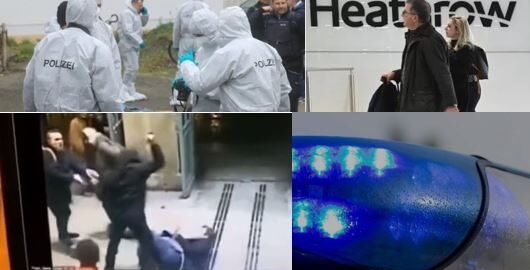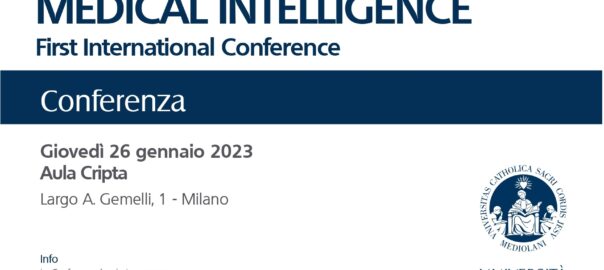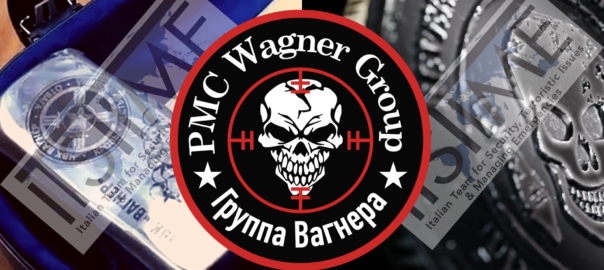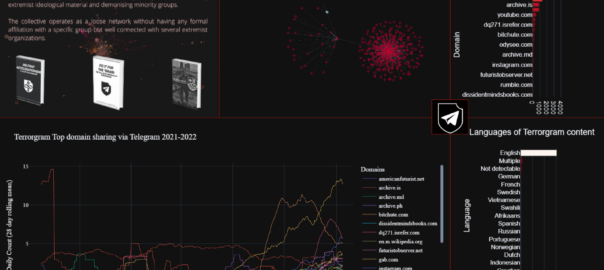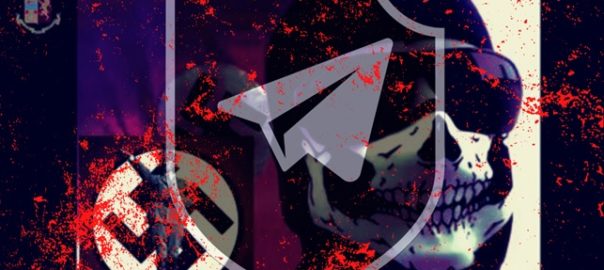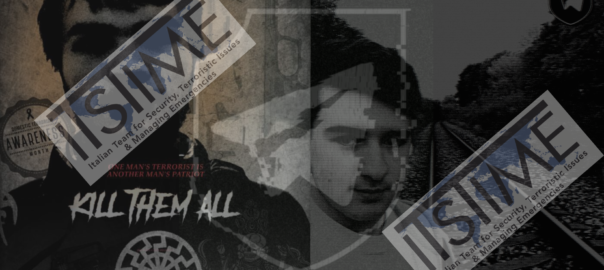Because of terrorism’s core purpose of instilling fear, its characteristics and features are not always foreseeable. When it comes to 2023, however, we should expect it to be the most unpredictable year in recent times. Ideological patchworking and mixing, reciprocal influencing and democratization of the threat: all the major trends that might prevail in the next few months pivot around chaos and unpredictability. Continue reading
Ripensare la definizione di terrorismo – by Marco Lombardi
Il nuovo anno si avvia con alcuni eventi che ripropongono il terrorismo all’attenzione delle agenzie di sicurezza e dei media. Soprattutto, si tratta di eventi che reclamano una riflessione sulla minaccia specifica che è sempre consistente sul piano fattuale, fluida e pervasiva, ma bisognosa di una ridefinizione sul piano teorico e interpretativo. Quanto è successo in questi ultimi giorni è sotto gli occhi di tutti.
Continue readingMedical Intelligence – Prima Conferenza Internazionale
Medical Intelligence: First International Conference – Milano 26 gennaio 2023 – Università Cattolica del Sacro Cuore, Università Vita-Salute San Raffaele, Università Campus Bio-Medico, Società Italiana di Intelligence, Società Italiana di Medicina Legale e delle Assicurazioni, NATO Rapid Deployable Corps – Italy.
Iscrizioni: MedInt@itstime.it Continue reading
New Threats from Wagner PMC by – Giulia Porrino & Federico Borgonovo
On 23 November, the European Parliament adopted the resolution defining Russia as a state sponsor and user of terrorist modalities[1]. At the same venue, MEPs asked the EU Council to include the Wagner group and the 141st Motorized Regiment of Chechen fighters, also known as “Kadyrovites”, in the list of terrorist organizations of the European Union, as well as other armed militias. Continue reading
The Captagon factor – by Emilio Palmieri
Captagon is the brand name given to the synthetic-produced drug based off of fenethylline molecules. Firstly synthesised in Germany in 1961, it was introduced as milder alternative to amphetamine and methamphetamine that were employed at the time to treat narcolepsy, fatigue, behavioural disorder and minimal brain dysfunctions. It was also used in lack of drive, particularly in elderly patients due to organic diseases (like Parkinsonism) or other causes, as well as after severe illness or injury. Continue reading
SPOTREP – The death of Abu al-Hassan al-Hashimi al-Qurayshi – by Emilio Palmieri
What we know.
In a press release dated 30NOV22[1] CENTCOM[2] announced the death of ISIS Caliph Abu al-Hassan al-Hashimi al-Qurayshi. Continue reading
Critica allo studio della radicalizzazione violenta – by Marco Lombardi
In questi ultimi anni la ricerca sul terrorismo si è concentrata sul tema della radicalizzazione, per cercare di intercettare i segni che caratterizzano il processo che porta a un esito violento, per esempio di adesione a un gruppo terroristico, nella prospettiva di prevenire e ridurre il fenomeno. Continue reading
TERRORGRAM: Status dashboard after HARD-RESET
- Terrorgram status dashboard after the countermeasures implemented by Telegram, in response to the HARD-RESET publication. The dashboard is composed of 5 sections:
- Definition of Terrorgram and a visual insight of its main propaganda production
- Social network analysis of the Terrorgram’s channels core (every channel is identified with a code)
- Top domain shared inside the Terrogram
- Top domain shared inside the Terrogram with the timeline
- Languages detection
TERRORGRAM: the impact on Italian far-right digital ecosystem – by Federico Borgonovo & ITSTIME (It. & Eng. Version)
Versione italiana – Tra il 26 e il 27 ottobre il ventitreenne Luigi Antonio Pennelli è stato arrestato in provincia di Bari per arruolamento con finalità di terrorismo internazionale e di propaganda ed istigazione a delinquere per motivi di discriminazione razziale etnica e religiosa. Continue reading
TERRORGRAM: from Buffalo to Bratislava – by Federico Borgonovo & Ali Fisher
Between May and October 2022, five supremacist or accelerationist attacks took place: On 14 May Payton Gendron in Buffalo (USA), on 4 July Robert E. Crimo III in Highland Park (USA), on 11 August Ricky Walter Shiffer in Cincinnati (USA), on 26 September Artyom Kazantsev in Izhevsk (Russia), on 12 October Juraj Krajčík in Bratislava (SK) and finally on 13 October Austin Thompson in Raleigh (USA). Continue reading
G4 Summit Conference
Vicenza- 22 settembre 2022 – Conferenza Quadripartita di Vertice (G4): Italia – Francia – Spagna – Portogallo, presso il Centro di Eccellenza per le Stability Police Units di Vicenza (CoESPU).
11.9.2001: un evento mediale, cognitivo, globale – by Giacomo Buoncompagni
Il terrorismo è una strategia tipicamente cognitiva e l’attacco dell’11 settembre 2001 potremmo (ancora) definirlo un (media) event cognitivo- globale il cui obiettivo di base era ottenere, attraverso i media, il massimo risultato con uno sforzo relativamente basso all’interno della sfera pubblica. Continue reading

